In lithography, when an image is being reproduced, the print that sets the standard by which all other reproductions will be measured is called the "Artist Proof." When he decided to use this as the name for his first solo album, singer-songwriter and session player,Chris Darrow decided he was making this his statement about country-rock. After all, he had been setting a standard in the studio for years.
Artist Proof, now in re-release for the first time, set a similar musical standard for 41 years ago and in today's often overwrought and over-produced world of modern music. Chris Darrow as an instrumentalist on countless sessions during the 60's and 70's, helped to raise the standard for many of the major figures of the time including Linda Rondstadt, James Taylor and the Nitty Gritty Dirt Band.
Today, living in Claremont, in the shadow of Mt Baldy, one of Southern California's highest mountain peaks, Darrow's home is a still, quiet place hidden by a grove of bamboo. As we sat down to talk about his first solo,
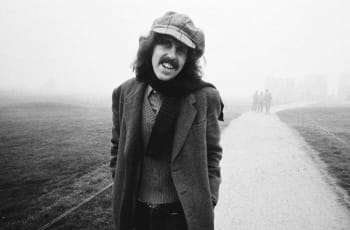
he seemed both surprised and pleased at the response in sales and critical notices of the album.
"As far as this record goes its time has come. In many respects it's getting better responses than when it first came out."
As Artist Proof sees the light of day, thanks to Drag City, it lands in the middle the Americana music movement that favors country-rock. It is a bright, original and well-crafted album that could have been recorded last week rather than 41 years ago. Its music remains just as relevant and vital as the day it was first released. The songs are heartfelt and soulful coming out of Darrow's personal experiences and passions. It stands comfortably along side albums of its time released the same year including the first Eagles' album, Jackson Browne's debut album, Saturate Before Using
and the solo work of Gram Parsons.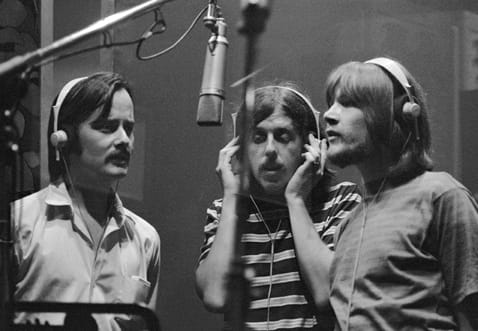
Darrow was no stranger to the music scene in 1971. His experimental band, Kaleidoscope, with David Lindley had met with some success during the late 60's. When he went to work to make a solo album after years of recording and touring with Hoyt Axton, the Nitty Gritty Dirt Band, John Stewart and Linda Rondstadt, Darrow said, "I wanted to do a band record. As a solo artist I could pick my own band. I could record with these guys even if they weren't available for the road." He continued, "When I was doing Artist Proof my motivation was to put together an ideal band, my kind of band under my own name." He did just this with a group of musicians that included Arnie Moore on bass, Mickey McGee on drums, Loren Newkirk on piano and Ed Black on guitar and pedal steel guitar, and John Ware on percussion. The sessions also included John London on bass , Jeff Hanna, Jennifer Warnes and Claudia Lennear providing background vocals and even former Kingston Trio member, John Stewart on rhythm guitar. Darrow said Stewart quipped, "I've never done a session for anyone before!"
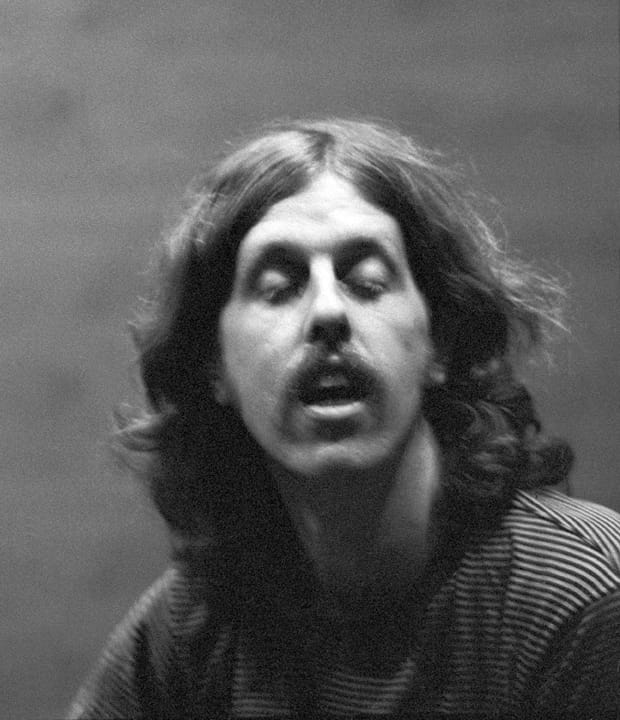
Even though Darrow was one of the key players in the L.A. country-rock movement today he doesn't see himself as an inventor. "Country rock really wasn't a term in those days. I've been accused of being one of the guys who pioneered country rock. I don't think any one person did it." He continued, "But, I think it was the importation of the drummers from out the
south and the southwest that brought country rock out of folk rock. My favorite drummer is Roger Hawkins(of Muscle Shoals Rhythm Section). When I met, drummer, Mickey McGee, he played like that." Darrow is well known for his fiddle playing on sessions with John Stewart on his classic, Willard album and on Peter Asher's Sweet Baby James sessions with James Taylor including "Fire and Rain." But he has a unique take on his fiddle playing. "My fiddle style is much more Cajun than anything else. When I first heard "Louisiana Man" when it first came out in the 50's, I was listening to KFWB and for some reason the DJ played it everyday. I said, 'what is that sound?'"
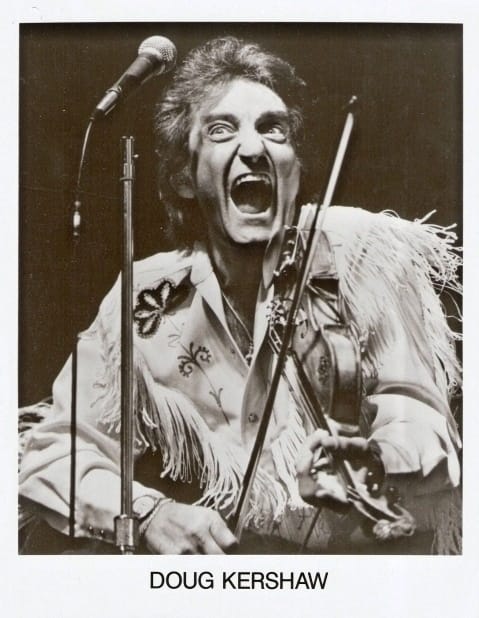
As he soon discovered, the song was by Rusty and Doug Kershaw. Darrow memorized and learned every note of the song. Several years later when he was playing at the Troubadour with John Stewart, Doug Kershaw showed up. Stewart invited him to come up and play. As he launched into his best known song, "Louisiana Man," Darrow said, "I started singing Rusty's part. He kept looking over at me wondering who is this guy and how come he knows this shit?" He laughed, "And I was right on the fucking money. So he got to know who I was." Later, when Kershaw was co-billed with John Stewart Chris remembered, "He pointed to me and said get on up here!" He gave me his fiddle, picked up his accordion and all he said was 'Let's play!" What followed was an impromptu jam between Doug Kershaw and Chris Darrow. "It was one of the most magical times in my life. It was like being knighted by the the king. He was giving me his fiddle and letting me play." Darrow marveled.
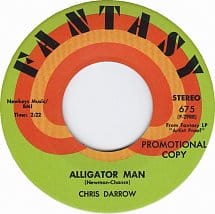
With this history, it's no wonder when it came time to select a first single for the album, Darrow found a Cajun song. "I chose a song called "Alligator Man." I recorded it with the Dirt Band. I found it on a Greenbriar Boys record. But it was originally done by a guy named Floyd Chance." He remembered. The song is a stand-out on the album complete with raging fiddles, nicely driving drums and a New Orleans piano part by Loren Newkirk. During the interview, Darrow glanced at his vinyl copy of the album and began to review the songs. The main theme that came up was relationships and the lessons learned therein. The conclusion drawn from two of the key songs on the album, "Keep on Trying," and "The Show Must Go On," speak to endurance and hope. Even as a young man making his way in the world of music, he could see lessons often learned by others that took a lifetime of experience. Of "Keep on Tryin'" he said, "That was sung to my former wife. She died a few years ago. We weren't together. I still have a hard time with it. Over the years I came to realize she had some mental problems I had not been aware of during our marriage." He said. "We were young when we got married. She was 20 I was 19. I started early and learned some lessons." Describing "The Show Must Go On," he said, " Some years ago a friend of mine found out his father had died the day of a show. He chose to work that night. So, "Keep on Trying" and "The Show Must Go On," says so you've got all these problems and sometimes you lose people you love, but whatever happens you've got to keep on trying, the show must go on."
The phenomena of new generations finding forgotten musical treasures is not new. Country-blues great, Mississippi John Hurt made obscure recordings in the 20's and then settled into a life as a sharecropper disappearing into obscurity He was re-discovered by young folk music enthusiasts in the 60's. In a recent article in the East Village section of the New York Times Artist Proof was singled out by one of the largest independent record stores in America after the owner was paid a visit by Rodriguez, the subject of the Oscar winning documentary film Searching for Sugar Man, another film about artistic re-discovery: "Asked if he has a prescient tip for another undiscovered musical gem, Mr. Vanderloo modestly deferred to Mr. Knutsen, who had a clear choice: the Drag City Records reissue of the 1972 album “Artist Proof,” the first proper album of Chris Darrow, singer-songwriter from the 1960s psychedelic band Kaleidoscope."(from Local East Village; Feb. 22, 2003)
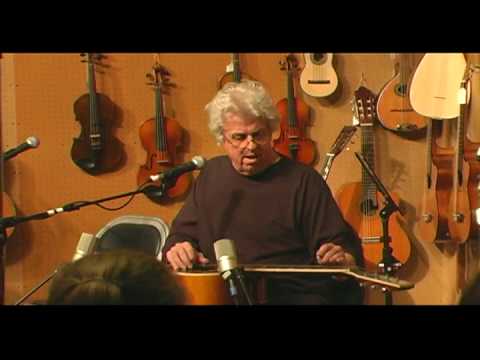
As we concluded Darrow reflected, "I'm pleased this is out and available to the public. I'll be 69 in a couple of months so it's nice to see this thing come around." On continued listen Artist Proof comes across as the music of a young sometimes weary, sometimes hopeful singer-songwriter, ready to venture out into the world as a solo artist. As Darrow said, it is a statement on country-rock, but it's also a statement on the world view of a musician and a songwriter who takes nothing for granted and even though some things are slipping away, he affirms to us all, to keep on trying because love and hope are always present. He further illustrates a celebration of his passions on touching songs like "Song for Steven," for his son and the uplifting and humorous on "New Zoot," and "Cocaine Lil." That these songs have held up after so many years, there is a built-in lesson in the entire story of Chris Darrow's life. We need to keep on trying even in the face of tragedy because hope and love will guide as the music plays and often leads the way. That is the real lesson of Artist Proof and the legacy of Chris Darrow. As his lyrics say "Hope is a love that stays."
Chris Darrow will be appearing on June 8 at The Fret House in Covina, California. He will be part of 'Claremont Songwriters' including Patrick Brayer, Robb Strandlund and Eddie Cunningham. For more information go to http://www.frethouse.com/information.php?pID=13


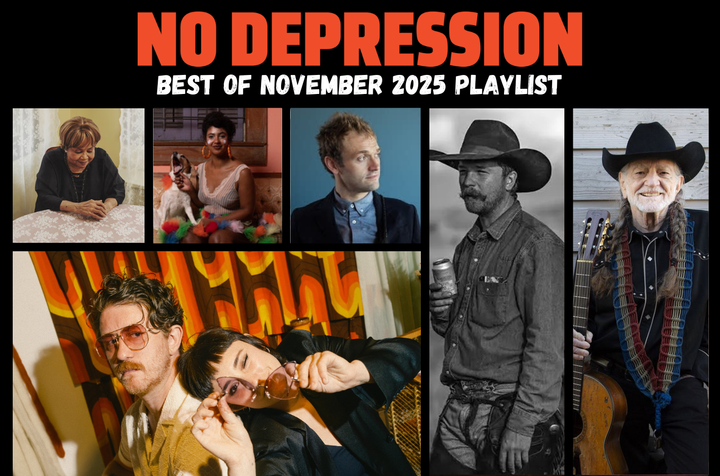

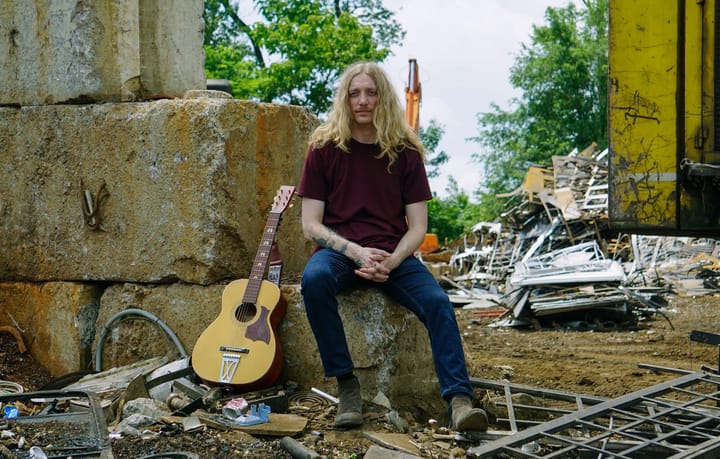
Comments ()